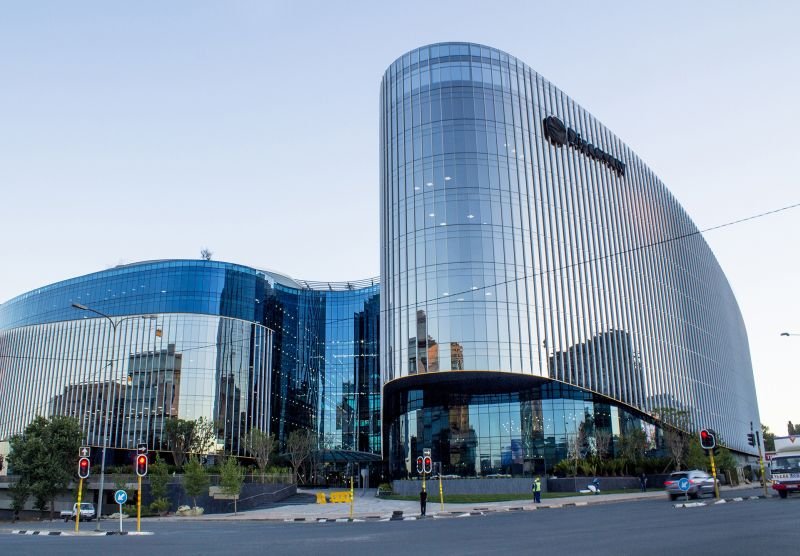Pricey Pills and Legal Bills: What's Driving SA's Medical Aid Spike?
Medical aid members in South Africa face another financial blow as medical scheme contributions spike by an average of around 10% in 2025—significantly outpacing the general inflation rate of approximately 4.4%. But what's behind these steep hikes?
Discovery Johannesburg Headquarters
One critical factor is the tariff structure that medical schemes rely upon. Tariffs—the standard rates at which schemes reimburse healthcare providers—are heavily influenced by annual negotiations between medical schemes, hospitals, and healthcare professionals. These tariffs typically rise by 3% to 5% above the Consumer Price Index (CPI), driven by escalating operational expenses, increased specialist fees, and rising medication costs, placing upward pressure on member contributions.
Yet, tariffs are only part of the story. Another less-publicized driver is the alarming rise in medical malpractice cases in South Africa, which have increased by approximately 23% over the past five years, indirectly pushing up medical aid premiums. Medical practitioners, facing growing litigation risks, increasingly adopt a practice known as 'defensive medicine.' In simple terms, defensive medicine occurs when doctors conduct additional tests and procedures primarily to avoid potential malpractice claims rather than purely based on medical necessity.
This cautious approach translates directly into higher medical costs. Studies indicate that defensive medicine can inflate healthcare costs by as much as 10-15%, significantly increasing medical scheme payouts, inevitably reflected in higher tariffs and ultimately higher premiums.
Additionally, increases in professional indemnity insurance premiums for healthcare providers have become another significant contributing factor. Premiums for professional indemnity insurance have surged by as much as 60% in certain high-risk medical specialties over the last three years. Higher indemnity costs lead doctors and specialists to increase their fees to cover their rising insurance expenses. Consequently, patients face increased medical charges, translating directly into higher payouts by medical schemes and subsequent premium hikes.
Furthermore, medical schemes have seen a concerning uptick in corrective procedures or 'fix-up' surgeries. Reports suggest that corrective medical procedures have increased by nearly 18% since 2021. Patients requiring remedial treatments after suboptimal or botched initial procedures place extra strain on medical aid resources. These additional surgeries, often complex and costly, further deplete the financial reserves of schemes, prompting higher contribution rates to balance the books.
This trend raises important questions: Are schemes and regulators addressing the root causes effectively, or merely passing escalating costs onto already-burdened members?
While the rise in medical malpractice litigation points to possible weaknesses in quality control and practitioner accountability, it also underlines the urgent need for comprehensive malpractice insurance solutions and improved medical governance.
Members and policymakers alike should scrutinize these developments closely. Unless deeper structural issues—like healthcare standards, tariff negotiations, defensive medicine practices, and indemnity insurance affordability—are resolved, medical aid affordability may soon become an insurmountable barrier for many South Africans.

